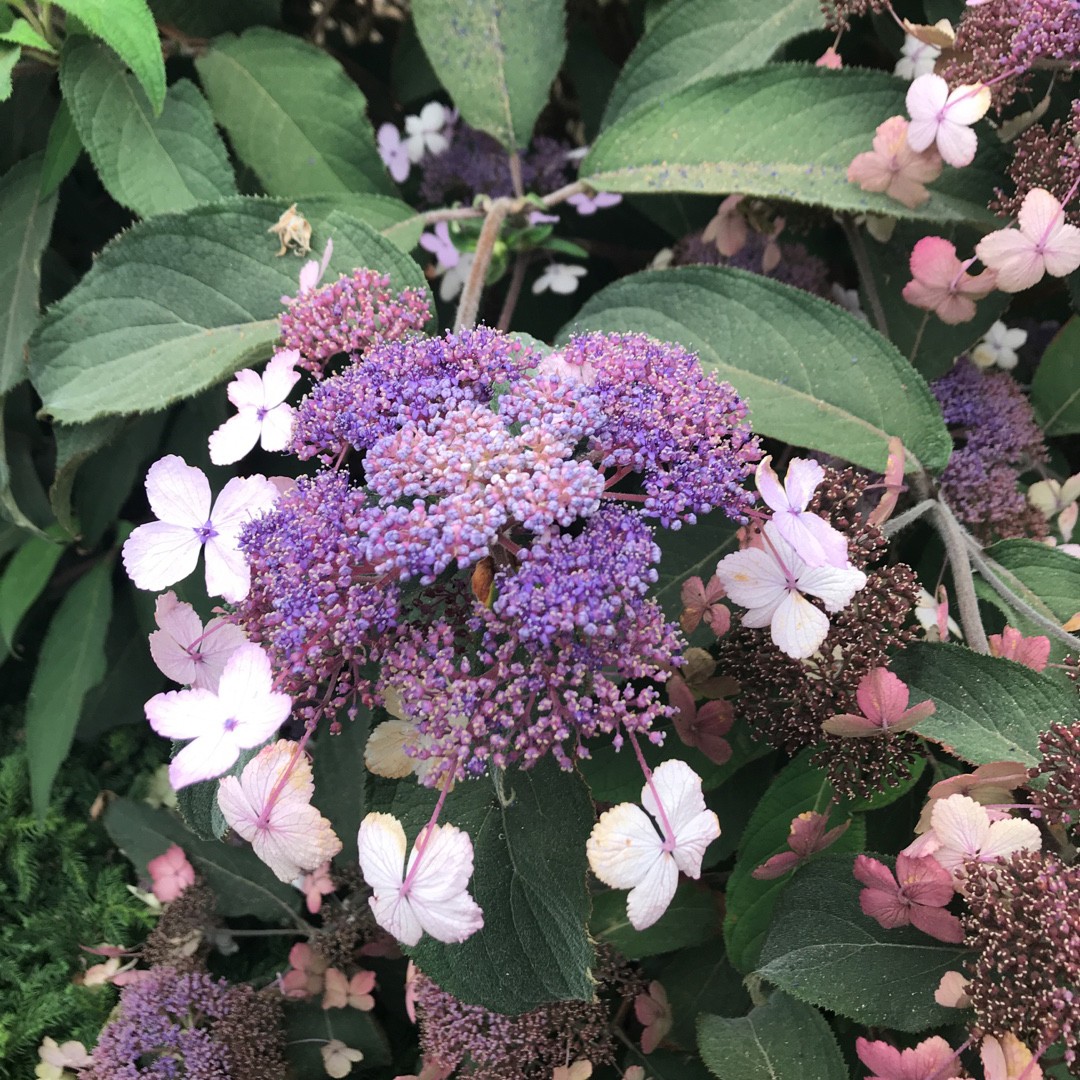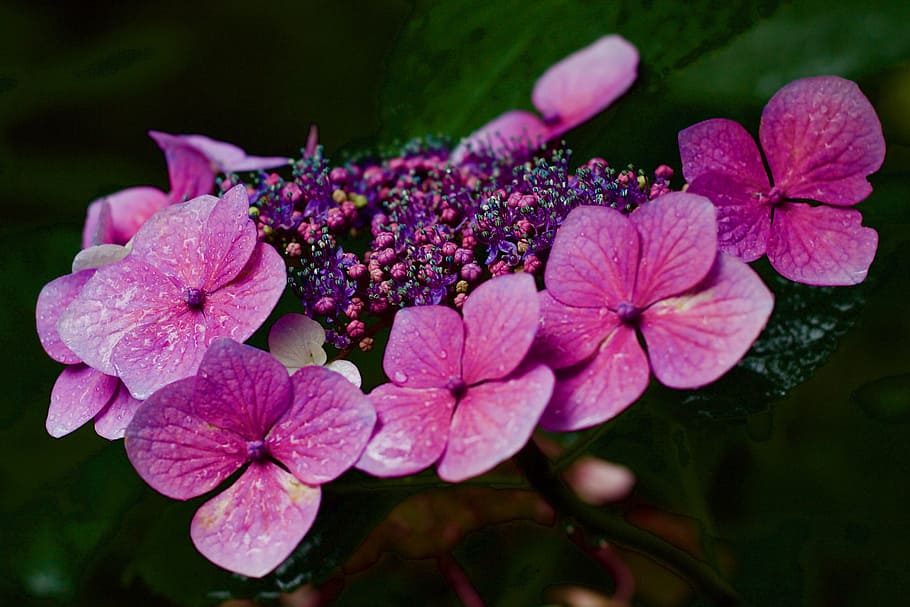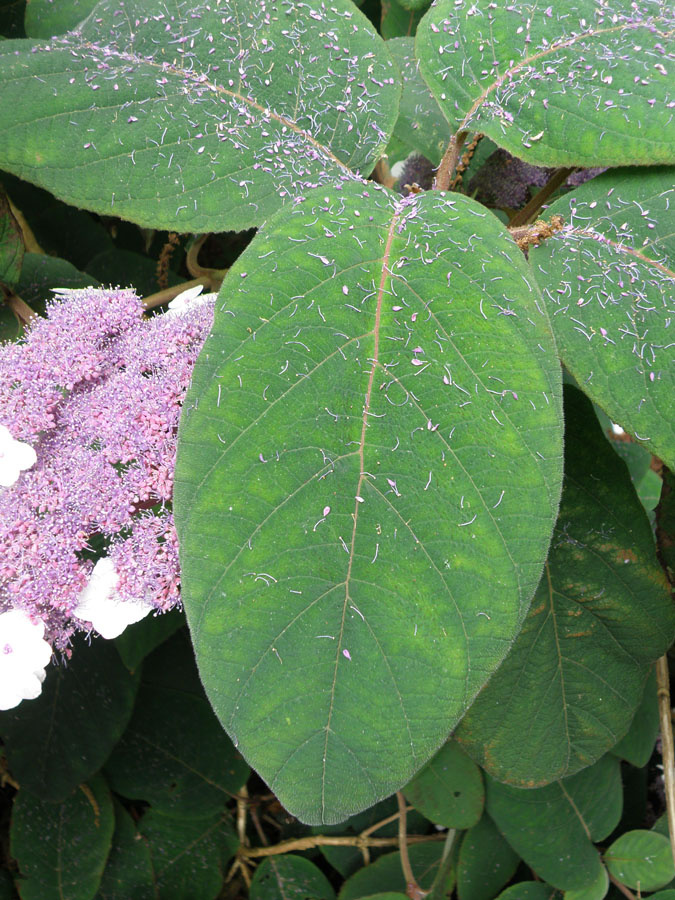The Hydrangea Aspera: A Rugged And Beautiful Flower That's
The Hydrangea Aspera: A Rugged and Beautiful Flower That's Easy to Grow
The hydrangea aspera is a beautiful and hardy shrub that is native to East Asia. It is also known as the rough hydrangea, and it is prized for its large, showy flowers. Hydrangea aspera is a relatively easy plant to grow, and it is a good choice for gardeners of all levels of experience.
Introduction
The hydrangea aspera is a member of the hydrangea family, which includes over 70 species of shrubs and trees. The genus name, Hydrangea, comes from the Greek words hydro, meaning "water," and aggeion, meaning "vessel." This refers to the fact that hydrangeas need a lot of water to thrive.
The species name, aspera, means "rough" in Latin. This refers to the hairy leaves of the hydrangea aspera. The leaves are also oppositely arranged, which means that they grow in pairs on opposite sides of the stem.
Main Content
The hydrangea aspera blooms in the summer, and its flowers can be white, pink, or blue. The flowers are arranged in large, conical panicles that can reach up to 12 inches in diameter. The flowers are also fragrant, and they attract butterflies and other pollinators.
The hydrangea aspera is a hardy plant that can tolerate a wide range of conditions. It prefers full sun or partial shade, and it needs moist, well-drained soil. The hydrangea aspera is also relatively drought tolerant, but it will flower better if it is watered regularly.
Care and Maintenance
The hydrangea aspera is a relatively easy plant to care for. It should be watered regularly, especially during the summer months. The hydrangea aspera also benefits from being fertilized in the spring and fall.
The hydrangea aspera is not susceptible to many pests or diseases. However, it can be susceptible to powdery mildew if it is planted in humid conditions. If powdery mildew does occur, it can be treated with a fungicide.
Propagation
The hydrangea aspera can be propagated by seed, cuttings, or division. Seed propagation is the most difficult method, but it is also the most rewarding. Cutting propagation is the easiest method, and it is the most common way to propagate hydrangea aspera. Division is another easy method, and it is a good way to propagate established plants.
Uses
The hydrangea aspera is a beautiful and versatile plant that can be used in a variety of ways. It can be used as a specimen plant, in a hedge, or in a border. The hydrangea aspera is also a good choice for cut flowers.
Conclusion
The hydrangea aspera is a beautiful and easy-to-grow shrub that is a good choice for gardeners of all levels of experience. It is a hardy plant that can tolerate a wide range of conditions, and it is not susceptible to many pests or diseases. The hydrangea aspera is a versatile plant that can be used in a variety of ways, and it is a good choice for adding beauty and interest to any garden.
Hydrangea aspera is a beautiful and hardy shrub that is native to Japan. It is known for its large, white flowers that bloom in the summer. Hydrangea aspera is also a relatively easy plant to care for, making it a popular choice for gardeners of all skill levels.
If you are interested in learning more about hydrangea aspera, I encourage you to visit . This website is a wealth of information about this amazing plant, including its history, cultivation, and care. You can also find photos of hydrangea aspera in bloom, as well as tips on how to grow it in your own garden.
FAQ of hydrangea aspera
Q: What is hydrangea aspera?
A: Hydrangea aspera is a deciduous shrub or small tree that is native to Asia. It is known for its large, showy flowers that bloom in summer. The flowers can be white, pink, or blue, depending on the soil pH. Hydrangea aspera is a hardy plant that is easy to care for.
Q: What are the different types of hydrangea aspera?
A: There are many different types of hydrangea aspera, but some of the most popular include:
- Hydrangea aspera subsp. macrophylla: This type has large, blue flowers.
- Hydrangea aspera subsp. villosa: This type has white flowers with a hairy texture.
- Hydrangea aspera 'Macrophylla': This variety has large, blue flowers that are more compact than the species.
- Hydrangea aspera 'Wesser Falls': This variety has cascading pink flowers.
Q: How do I care for hydrangea aspera?
A: Hydrangea aspera is a relatively easy plant to care for. It prefers full sun to partial shade, and moist, well-drained soil. It is important to water hydrangea aspera regularly, especially during hot, dry weather. The plant should be fertilized in spring with a balanced fertilizer.
Q: How do I prune hydrangea aspera?
A: Hydrangea aspera can be pruned in late winter or early spring. The best time to prune is just before the plant starts to break dormancy. Pruning should be done to remove dead, diseased, or damaged branches. You can also prune to shape the plant or to remove any branches that are crossing or rubbing against each other.
Q: What are some common problems with hydrangea aspera?
A: Some common problems with hydrangea aspera include:
- Leaf spot: This is a fungal disease that causes brown spots on the leaves.
- Powdery mildew: This is a fungal disease that causes a white powdery coating on the leaves.
- Aphids: These small insects can suck the sap from the leaves, causing them to wilt and turn yellow.
- Scale insects: These small insects can attach themselves to the stems and leaves, causing them to discolor and die.
Image of hydrangea aspera
- Hydrangea aspera in full bloom. This image shows a hydrangea aspera in full bloom, with its large, pink flowers. The plant is surrounded by lush green leaves.

- Hydrangea aspera in a garden. This image shows a hydrangea aspera in a garden, with its flowers blooming against a backdrop of green trees. The plant is surrounded by other flowers, including roses and lilies.

- Close-up of hydrangea aspera flowers. This image shows a close-up of the flowers of a hydrangea aspera. The flowers are a deep pink color, and they are surrounded by green sepals.

- Hydrangea aspera leaves. This image shows the leaves of a hydrangea aspera. The leaves are a deep green color, and they are lobed.

- Hydrangea aspera in a pot. This image shows a hydrangea aspera in a pot. The plant is healthy and green, and it is in full bloom.

Post a Comment for "The Hydrangea Aspera: A Rugged And Beautiful Flower That's"